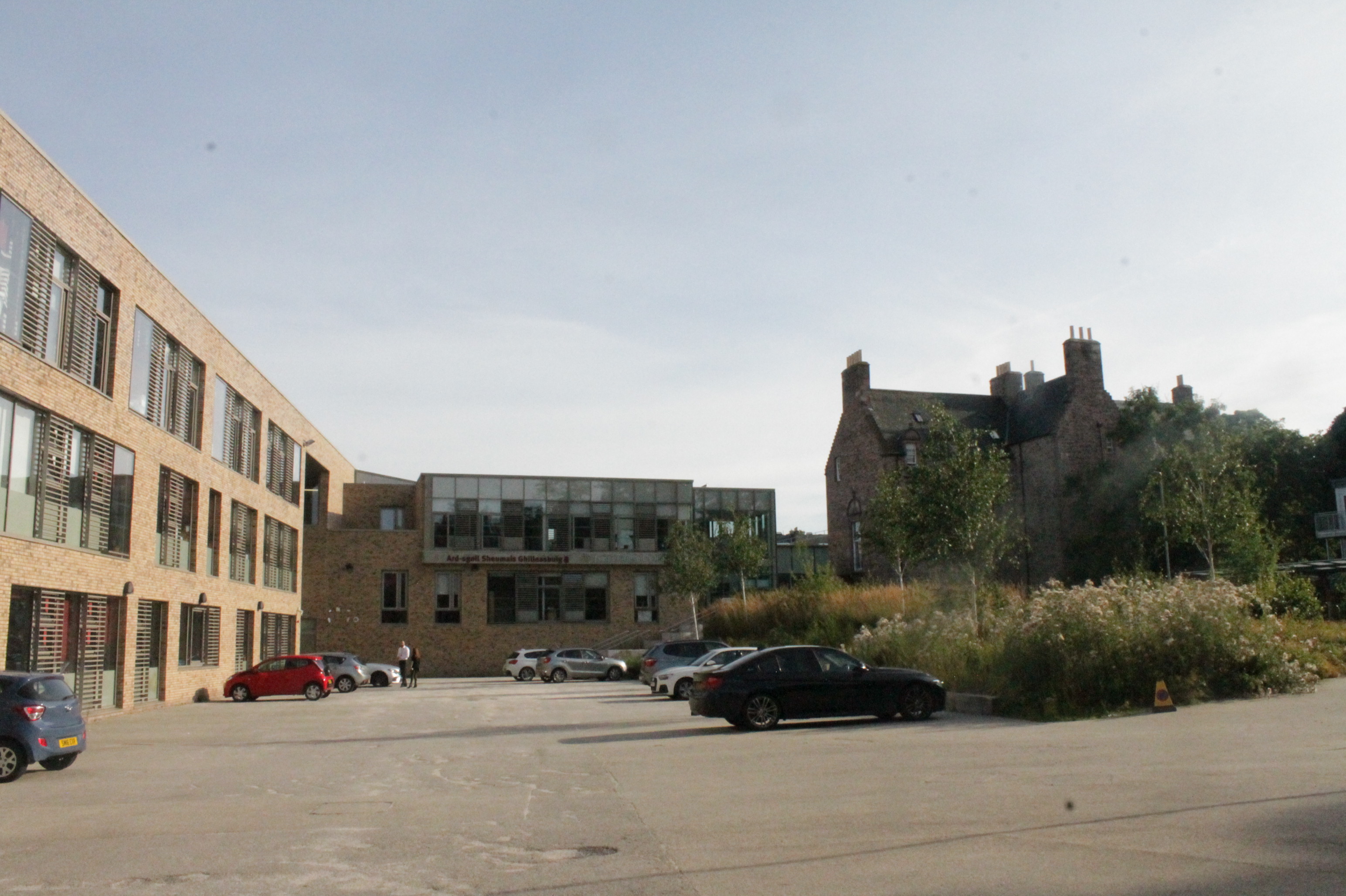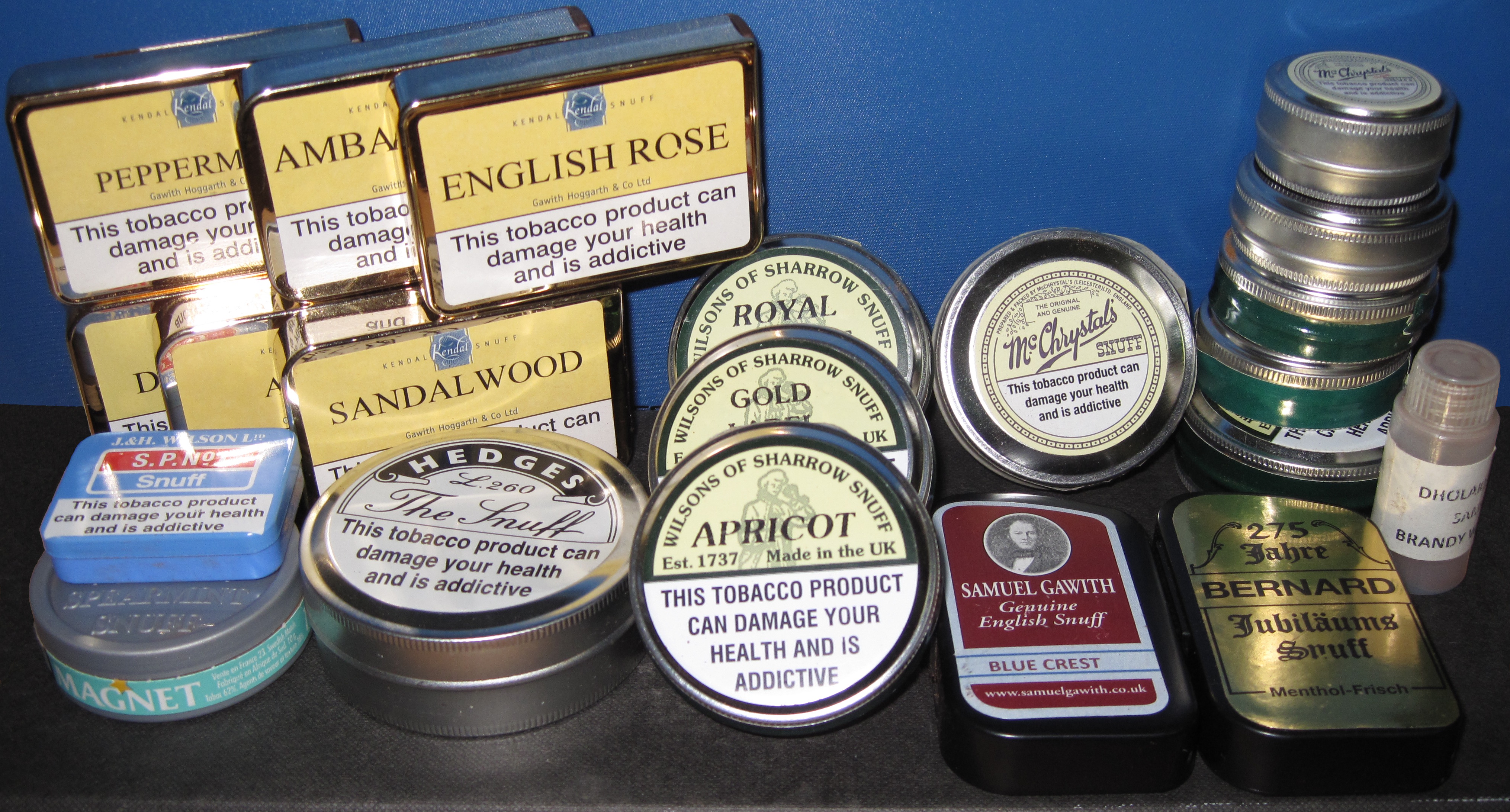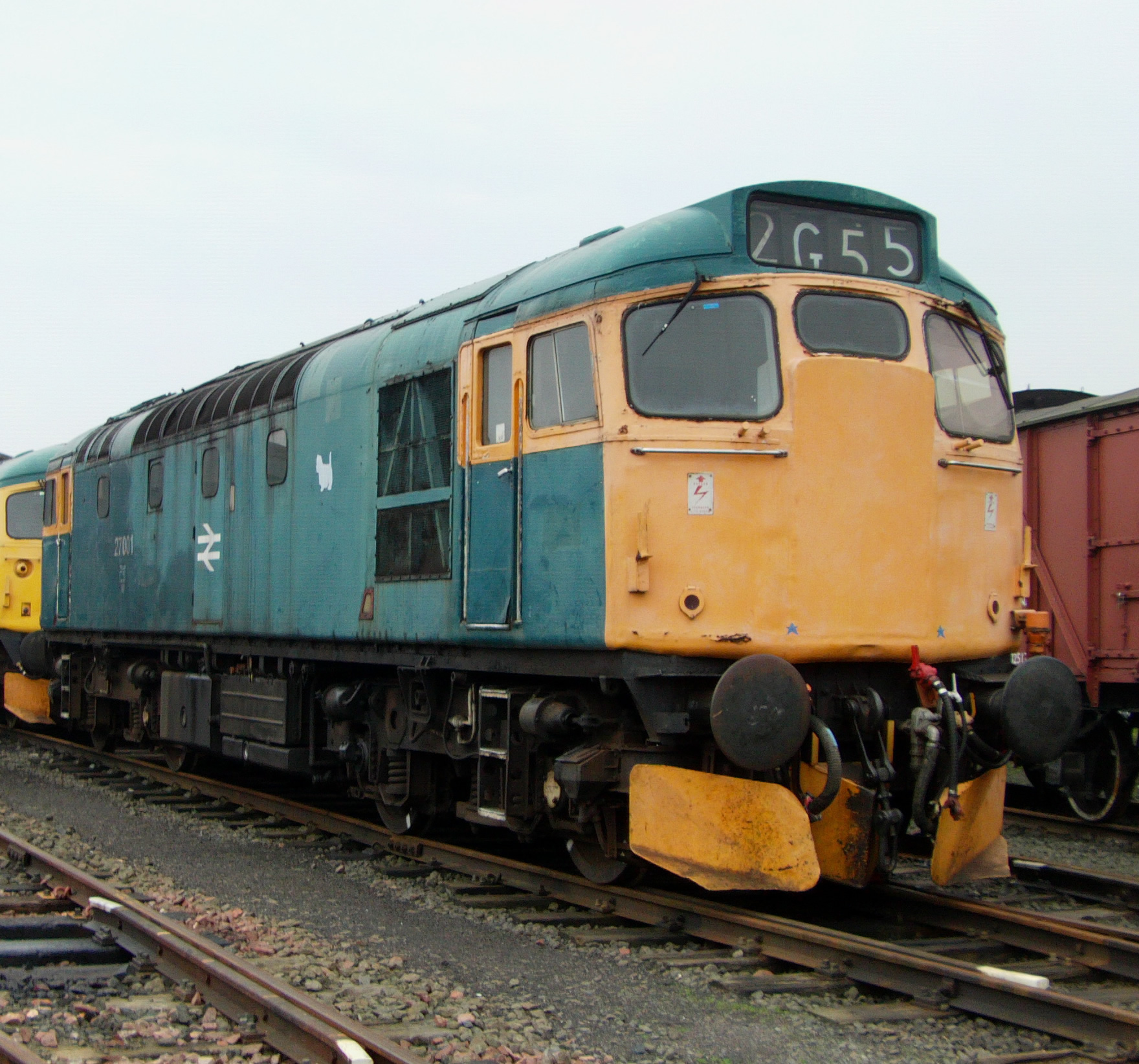|
Balerno Line
The Balerno line was a short loop railway in Scotland. It was some 6 miles in length leaving the main Caledonian Edinburgh to Carstairs line at Slateford in Edinburgh. It was built by the Caledonian Railway (CR) mainly to service the many enterprises situated along the upper Water of Leith. However, passenger trains also ran. Most trains terminated at Balerno, though they had to travel to Ravelrig to turn round. Other stations were constructed at Colinton, Juniper Green and Currie. In 1923, with the grouping, the CR amalgamated with several other companies to form the London, Midland and Scottish Railway (LMS) which, following nationalisation in 1947, became part of British Railways. Construction Several local landowners objected to the building of the railway fearing they would lose some of their land. Others were in favour as they believed it would make the transportation of animals and goods easier. The mill owners were strongly in favour. The Balerno line received final R ... [...More Info...] [...Related Items...] OR: [Wikipedia] [Google] [Baidu] |
Scotland
Scotland (, ) is a country that is part of the United Kingdom. Covering the northern third of the island of Great Britain, mainland Scotland has a border with England to the southeast and is otherwise surrounded by the Atlantic Ocean to the north and west, the North Sea to the northeast and east, and the Irish Sea to the south. It also contains more than 790 islands, principally in the archipelagos of the Hebrides and the Northern Isles. Most of the population, including the capital Edinburgh, is concentrated in the Central Belt—the plain between the Scottish Highlands and the Southern Uplands—in the Scottish Lowlands. Scotland is divided into 32 administrative subdivisions or local authorities, known as council areas. Glasgow City is the largest council area in terms of population, with Highland being the largest in terms of area. Limited self-governing power, covering matters such as education, social services and roads and transportation, is devolved from the Scott ... [...More Info...] [...Related Items...] OR: [Wikipedia] [Google] [Baidu] |
Wheelset (rail Transport)
A wheelset is a pair of railroad vehicle wheels mounted rigidly on an axle such that both wheels rotate in unison. Wheelsets are often mounted in a bogie ("truck" in North America) – a pivoted frame assembly holding at least two wheelsets – at each end of the vehicle. Most modern freight cars and passenger cars have bogies each with two wheelsets, but three wheelsets (or more) are used in bogies of freight cars that carry heavy loads, and three-wheelset bogies are under some passenger cars. Four-wheeled goods wagons that were once near-universal in Europe and Great Britain and their colonies have only two wheelsets; in recent decades such vehicles have become less common as trainloads have become heavier. Conical wheel-tread Most train wheels have a conical taper of about 1 in 20 to enable the wheelset to follow curves with less chance of the wheel flanges coming in contact with the rail sides, and to reduce curve resistance. The rails generall ... [...More Info...] [...Related Items...] OR: [Wikipedia] [Google] [Baidu] |
Tannery
Tanning may refer to: *Tanning (leather), treating animal skins to produce leather *Sun tanning, using the sun to darken pale skin **Indoor tanning, the use of artificial light in place of the sun **Sunless tanning, application of a stain or dye to the skin (active ingredient in tanning lotion products is dihydroxyacetone (DHA)). * Physical punishment, metaphorically, such as a severe spanking which leaves clear marks See also *Skin whitening *Tan (color) *Tan (other) Tan or TAN may refer to: Businesses and organisations * Black and Tans, a nickname for British special constables during the Irish War of Independence. By extension "Tans" can now also colloquially refer to English or British people in general, ... * Tannin (other) {{disambiguation ... [...More Info...] [...Related Items...] OR: [Wikipedia] [Google] [Baidu] |
Salt Works
A salt evaporation pond is a shallow artificial salt pan designed to extract salts from sea water or other brines. The Salt pans are shallow and large of size because it will be easier for sunlight to travel and reach the sea water. Natural salt pans are geological formations that are also created by water evaporating and leaving behind salts. Some salt evaporation ponds are only slightly modified from their natural version, such as the ponds on Great Inagua in the Bahamas, or the ponds in Jasiira, a few kilometres south of Mogadishu, where seawater is trapped and left to evaporate in the sun. The seawater or brine is fed into large ponds and water is drawn out through natural evaporation which allows the salt to be subsequently harvested. The ponds also provide a productive resting and feeding ground for many species of waterbirds, which may include endangered species. The ponds are commonly separated by levees. Salt evaporation ponds may also be called salterns, salt works ... [...More Info...] [...Related Items...] OR: [Wikipedia] [Google] [Baidu] |
Quarry
A quarry is a type of open-pit mine in which dimension stone, rock, construction aggregate, riprap, sand, gravel, or slate is excavated from the ground. The operation of quarries is regulated in some jurisdictions to reduce their environmental impact. The word ''quarry'' can also include the underground quarrying for stone, such as Bath stone. Types of rock Types of rock extracted from quarries include: *Chalk *China clay *Cinder *Clay *Coal * Construction aggregate (sand and gravel) * Coquina * Diabase *Gabbro *Granite * Gritstone *Gypsum *Limestone *Marble *Ores *Phosphate rock *Quartz *Sandstone * Slate *Travertine Stone quarry Stone quarry is an outdated term for mining construction rocks (limestone, marble, granite, sandstone, etc.). There are open types (called quarries, or open-pit mines) and closed types ( mines and caves). For thousands of years, only hand tools had been used in quarries. In the 18th century, the use of drilling and blasting operatio ... [...More Info...] [...Related Items...] OR: [Wikipedia] [Google] [Baidu] |
James Gillespie's High School
James Gillespie's High School is a state-funded secondary school in Marchmont, Edinburgh, Scotland. It is a comprehensive high school, educating pupils between the ages of 11 and 18, situated at the centre of Edinburgh. Edinburgh Castle and Holyrood Palace are within the catchment area of James Gillespie's High School. History James Gillespie's High School was founded in Bruntsfield Place in 1803 as a result of the legacy of James Gillespie, an Edinburgh tobacco merchant, and was administered by the Merchant Company of Edinburgh. The school now acknowledges Gillespie's links to the North Virginia slave trade and has undertaken to add chattel slavery and modern slavery into the curriculum in appropriate ways. A petition in 2020 called for the renaming of the school. The original building was designed by Edinburgh architect Robert Burn. In 1870, the school moved into a larger building on the south side of what is now Gillespie Crescent. The number of students at the school woul ... [...More Info...] [...Related Items...] OR: [Wikipedia] [Google] [Baidu] |
James Gillespie (philanthropist)
James Gillespie (1726–1797) was a Scottish snuff and tobacco merchant in Edinburgh in the 18th century. He never married, and upon his death left a fortune with the request that a hospital and school for the poor should be built, now known as James Gillespie's High School. Gillespie Crescent and Gillespie Street (both north of the school) are named after him. Life James Gillespie was born in Roslin, Midlothian, south of Edinburgh, on 28 April 1726. He grew to fame and fortune in the city as a merchant, working with his younger brother John who ran the family shop, and eventually becoming one of Edinburgh's richest men. The tobacco he sold came from America ( Virginia), from slave plantations. He had a snuff mill at Colinton employing many people, all of whom it is said were treated well. In 1773 he built Spylaw House, an impressive Georgian mansion house, as his home. Most of his staff lived in the house, which was attached to his mill. He was notoriously thrifty and is ... [...More Info...] [...Related Items...] OR: [Wikipedia] [Google] [Baidu] |
Snuff (tobacco)
Snuff is a smokeless tobacco made from finely ground or pulverized tobacco leaves. The Old Snuff House of Fribourg & Treyer at the Sign of the Rasp & Crown, No.34 James's Haymarket, London, S.W., 1720, 1920. Author: George Evens and Fribourg & Treyer. Publisher: Nabu Press, London, England. Reproduced 5 August 2010, It is inhaled or "sniffed" (alternatively sometimes written as "snuffed") into the nasal cavity, delivering a swift hit of nicotine and a lasting flavored scent (especially if flavoring has been blended with the tobacco). Traditionally, it is sniffed or inhaled lightly after a pinch of snuff is either placed onto the back surface of the hand, held pinched between thumb and index finger, or held by a specially made "snuffing" device. Snuff originated in the Americas and was in common use in Europe by the 17th century. Traditional snuff production consists of a lengthy, multi-step process, in tobacco snuff mills. The selected tobacco leaves are first subject to spe ... [...More Info...] [...Related Items...] OR: [Wikipedia] [Google] [Baidu] |
Paper
Paper is a thin sheet material produced by mechanically or chemically processing cellulose fibres derived from wood, rags, grasses or other vegetable sources in water, draining the water through fine mesh leaving the fibre evenly distributed on the surface, followed by pressing and drying. Although paper was originally made in single sheets by hand, almost all is now made on large machines—some making reels 10 metres wide, running at 2,000 metres per minute and up to 600,000 tonnes a year. It is a versatile material with many uses, including printing, painting, graphics, signage, design, packaging, decorating, writing, and cleaning. It may also be used as filter paper, wallpaper, book endpaper, conservation paper, laminated worktops, toilet tissue, or currency and security paper, or in a number of industrial and construction processes. The papermaking process developed in east Asia, probably China, at least as early as 105 CE, by the Han court eunuch Cai Lun, although the ... [...More Info...] [...Related Items...] OR: [Wikipedia] [Google] [Baidu] |
Textiles
Textile is an umbrella term that includes various fiber-based materials, including fibers, yarns, filaments, threads, different fabric types, etc. At first, the word "textiles" only referred to woven fabrics. However, weaving is not the only manufacturing method, and many other methods were later developed to form textile structures based on their intended use. Knitting and non-woven are other popular types of fabric manufacturing. In the contemporary world, textiles satisfy the material needs for versatile applications, from simple daily clothing to bulletproof jackets, spacesuits, and doctor's gowns. Textiles are divided into two groups: Domestic purposes onsumer textilesand technical textiles. In consumer textiles, aesthetics and comfort are the most important factors, but in technical textiles, functional properties are the priority. Geotextiles, industrial textiles, medical textiles, and many other areas are examples of technical textiles, whereas clothing and ... [...More Info...] [...Related Items...] OR: [Wikipedia] [Google] [Baidu] |
Picnic
A picnic is a meal taken outdoors ( ''al fresco'') as part of an excursion, especially in scenic surroundings, such as a park, lakeside, or other place affording an interesting view, or else in conjunction with a public event such as preceding an open-air theater performance, and usually in summer. It is different from other meals because it requires free time to leave home. History shows us that the idea of a meal that was jointly contributed to and enjoyed out-of-doors was essential to picnic from the early 19th century. Picnickers like to sit on the ground on a rug or blanket. Picnics can be informal with throwaway plates or formal with silver cutlery and crystal wine glasses. Tables and chairs may be used but this is less common. Outdoor games or some other form of entertainment are common at large picnics. In public parks, a picnic area generally includes picnic tables and possibly built-in grills, water faucets (taps), garbage (rubbish) containers and restrooms (toi ... [...More Info...] [...Related Items...] OR: [Wikipedia] [Google] [Baidu] |
Scottish Railway Preservation Society
The Scottish Railway Preservation Society is a charity, whose principal objective is the preservation and advancement of railway heritage in Scotland. The society's headquarters is at Bo'ness, in central Scotland. Bo'ness and Kinneil Railway The society operates the Bo'ness and Kinneil Railway The Bo’ness and Kinneil Railway is a heritage railway in Bo'ness, Scotland. It is operated by the Scottish Railway Preservation Society (SRPS), and operates a total of over of track (between Bo'ness and Manuel Junction, via Kinneil and Birkh ..., on which the historic collection is demonstrated in action, on Saturdays and Sundays from Easter until the end of October, and daily in July and August (intending visitors should check the website for details). References External linksBo'ness & Kinneil Railway- official siteScottish Railway Preservation Society- official site {{authority control Railway societies Railway museums in Scotland Engineering preservation societies Tra ... [...More Info...] [...Related Items...] OR: [Wikipedia] [Google] [Baidu] |









